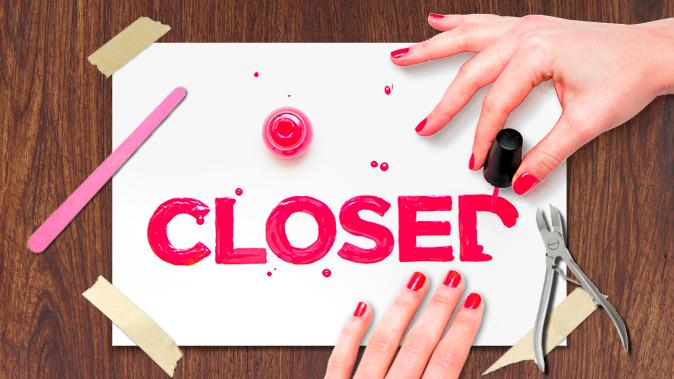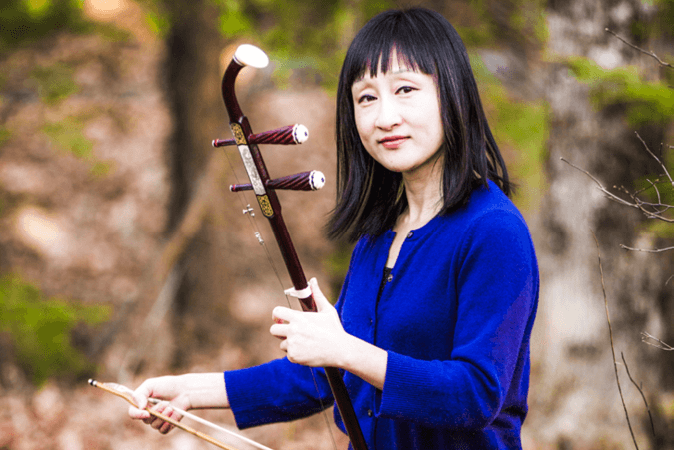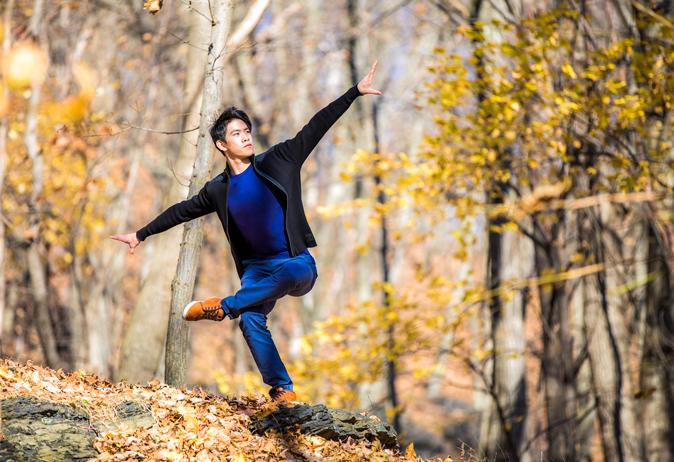The wind whisks Sebastian Copeland’s kite across the vacant, glistening field of white. He skis toward nothing except miles of pristine snow. He loses control of his 400-pound double sleigh, each going in a separate direction. One sleigh becomes trapped behind sastrugi—the Arctic’s version of sand dunes—while Copeland’s kite continues to zoom. He falls hard on sharp ice, breaking two ribs.
Enduring excruciating pain, Copeland thought of aborting the mission. On Nov. 2, 2011, he and partner Eric McNair-Landry set out for Antarctica, without any form of motorized transportation. In the months to come, they would not encounter any civilization for medical assistance, journeying to above 12,000 feet on the Antarctic plateau, photographing ice research for the Snow and Ice Data Center (NSIDC).
“I'll just pop some painkillers and keep going,” Copeland decided.
Over the course of the expedition, Copeland’s ribs healed “willy-nilly,” as he put it.
“There’s still some soreness that’s going to be with me for some time, but luckily I was able to carry on.”
The expedition was not only for ice research, but to commemorate the centennial of the first visits to the South Pole, by Roald Amundsen and Robert F. Scott, in 1911 and 1912, respectively.
To honor the event, Copeland and Landry embarked on a mission to link the pole of inaccessibility (POI) with the South Pole, creating a path no human has ever traveled. The POI is the farthest inland point from the coast in any direction.
Broken ribs were just one of many hardships Copeland suffered in those 81 days. To get to the high-elevation plateau, each man hauled 400 pounds of food and supplies uphill.
“It’s literally like pulling a house. Sometimes we'd only manage to do a couple of kilometers a day,” Copeland said. The men spent the first 20 days going up the glacier, pulling their houses. “That was not the highlight of our trip.”
Under daylight 24-hours per day, the pair lost track of night and day. They went to bed whenever the wind died, and rose when the tent ruffled. “You sleep with one eye open, all you rely on is the flutter of the wind,” Copeland said.
“You have to capitalize on every opportunity. You are always fighting the clock,” he said. “You only have so much food and fuel.”






